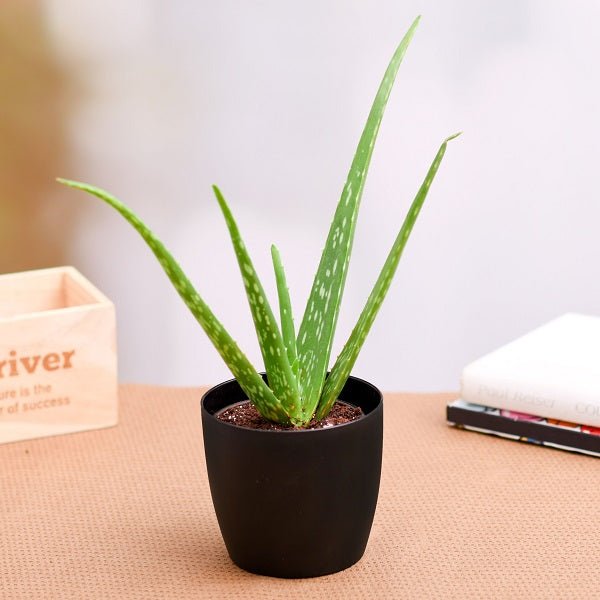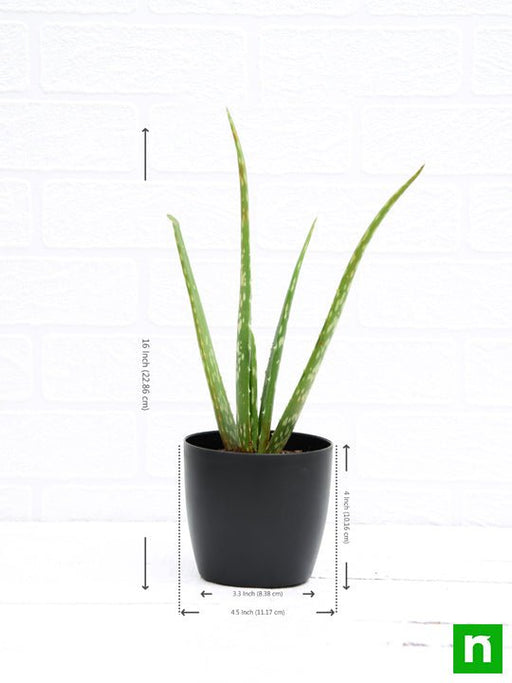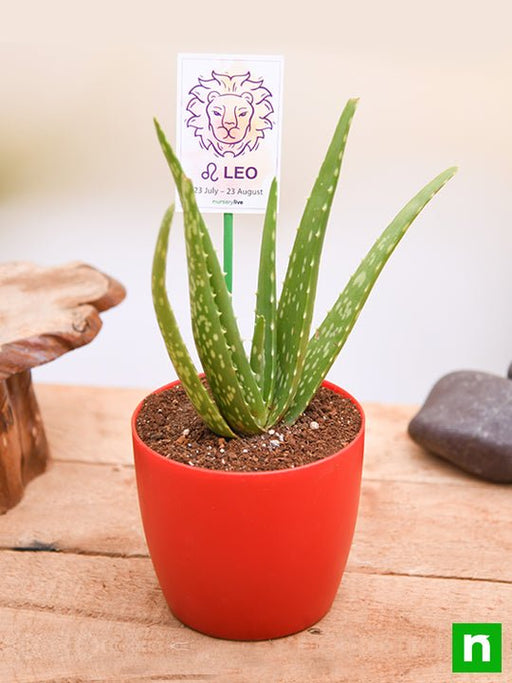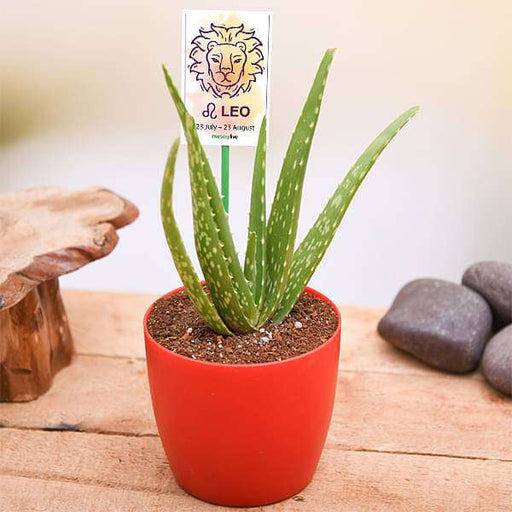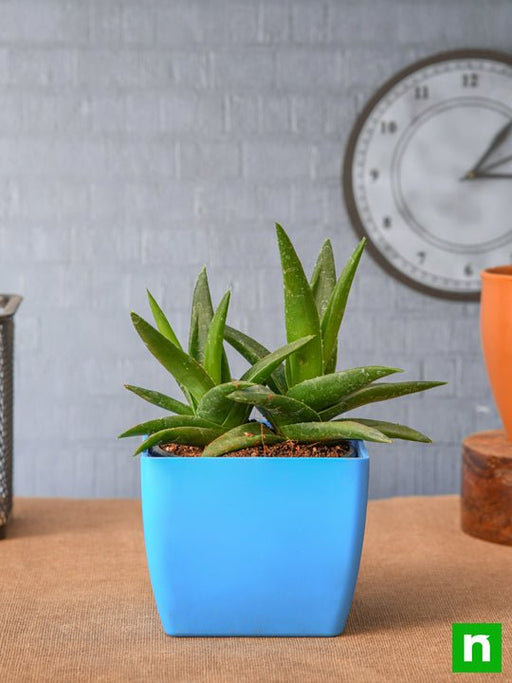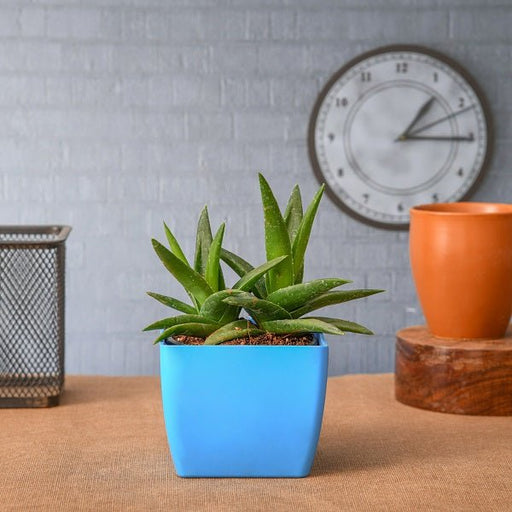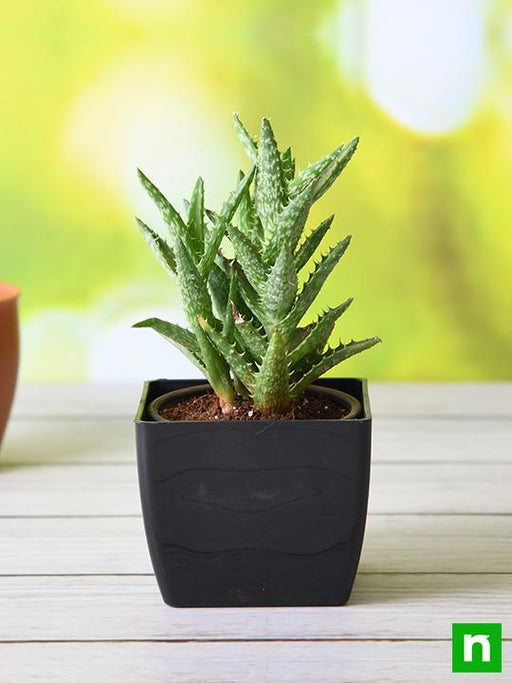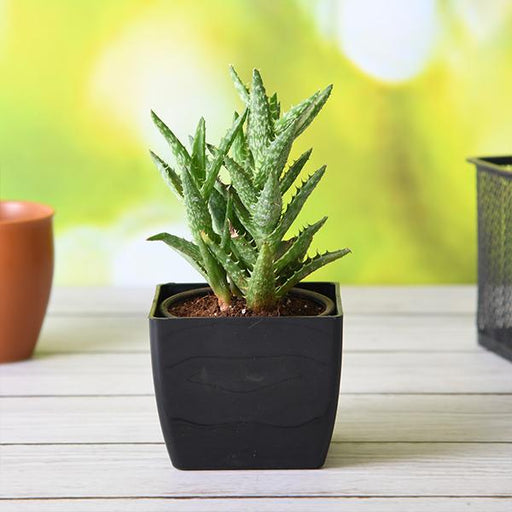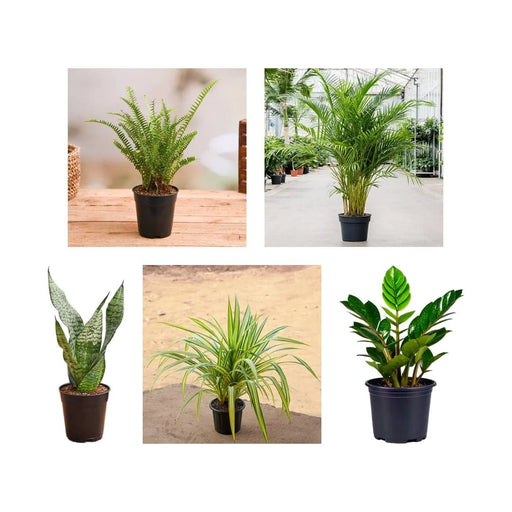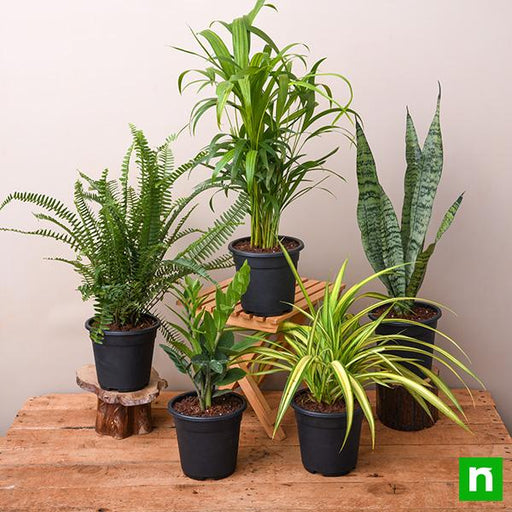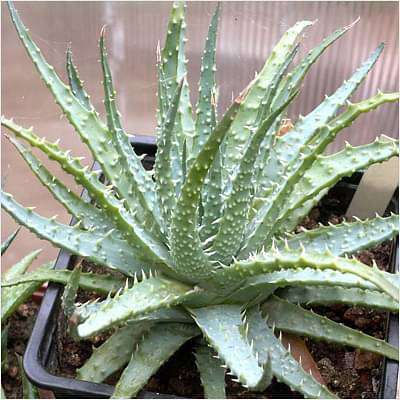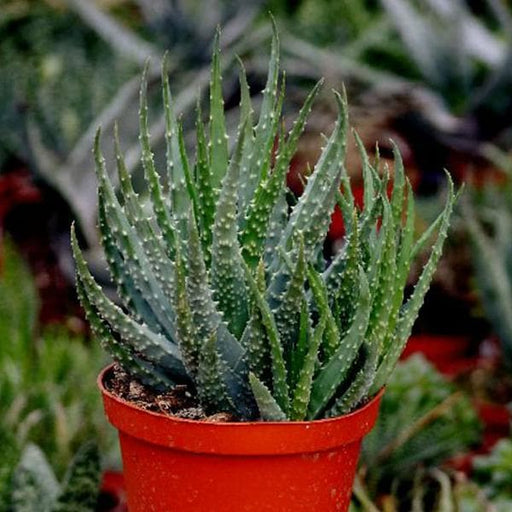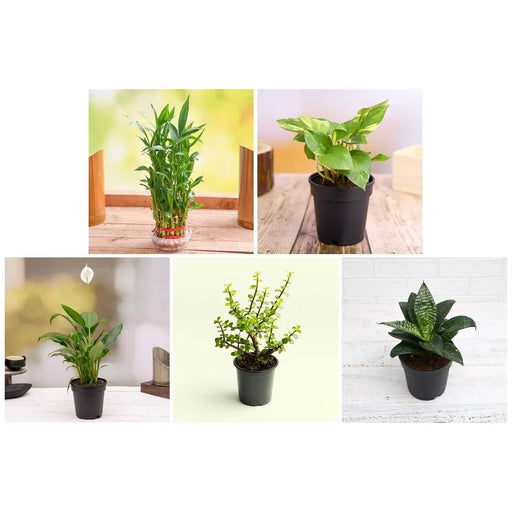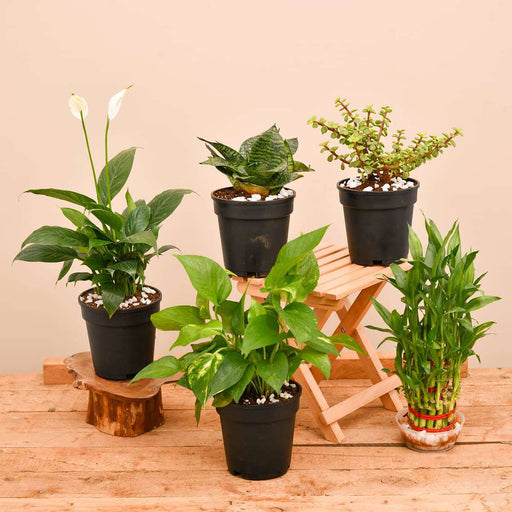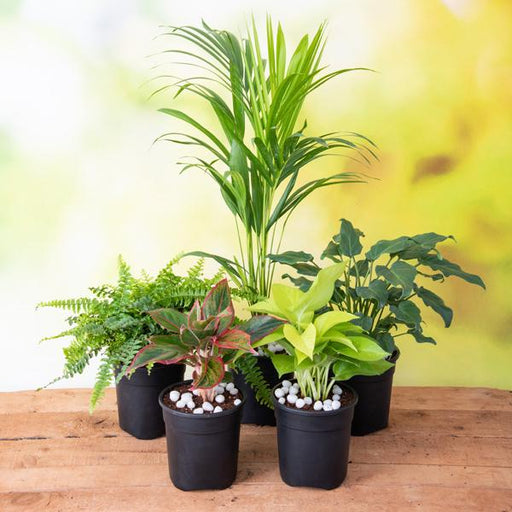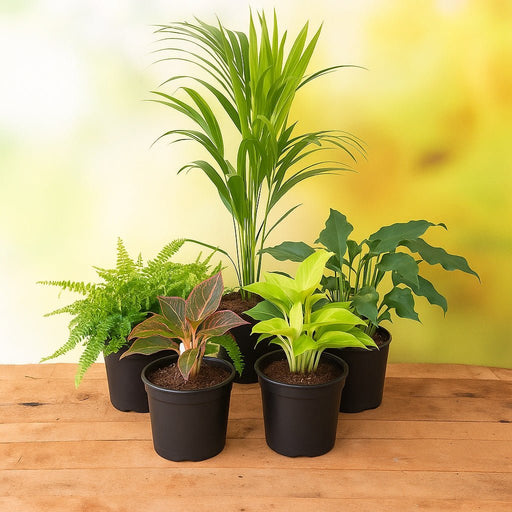Aloe Vera Plant Care
Aloe vera plants are known for their medicinal properties and are easy to care for. However, proper care is essential for their growth and long-term health. From watering to sunlight, understanding the basics of aloe vera plant care can help you keep your plants healthy and thriving.
Aloe Vera Plant Propagation
Propagating aloe vera plants is an excellent way to expand your plant collection and share the benefits of these plants with others. Whether you prefer division or leaf cuttings, learning about the different propagation methods can help you propagate your aloe vera plants successfully.
Aloe Vera Plant Benefits
Aloe vera plants offer several benefits, including skin healing, digestion improvement, and air purification. Understanding their benefits and how to use them can help you enjoy the full potential of these amazing plants.
Aloe Vera Plant Uses
Aloe vera plants are versatile and can be used in several ways, from skincare to dietary supplements. Learning about the different ways to use aloe vera plants can help you incorporate them into your daily routine and improve your health and well-being.
Aloe Vera Plant Potting
Choosing the right potting mix for your aloe vera plants is essential for their growth and health. A well-draining mix that is rich in nutrients can provide the right conditions for your plants to thrive.
Aloe Vera Plant Soil
Aloe vera plants prefer well-draining soil that is rich in nutrients. Understanding the right soil mix and pH level can help you provide the best growing environment for your plants.
Aloe Vera Plant Watering
Aloe vera plants require minimal watering and can be sensitive to overwatering or underwatering. Learning about the right watering techniques and frequency can help you keep your plants healthy and happy.
Aloe Vera Plant Sunlight Requirements
Aloe vera plants require bright but indirect sunlight to thrive. Understanding their sunlight requirements can help you find the best spot for your plants to grow.
Aloe Vera Plant Fertilization
Fertilizing aloe vera plants can help promote healthy growth and blooming. Understanding the right type of fertilizer, timing, and frequency can help you provide the best nutrition for your plants.
Aloe Vera Plant Repotting
Repotting your aloe vera plants is necessary when they outgrow their current container or when their soil becomes depleted. Learning about the right time, method, and soil mix for repotting can help you keep your plants healthy and thriving.
Aloe Vera Plant Pruning
Pruning aloe vera plants is necessary to maintain their shape and promote healthy growth. Learning about the right pruning techniques and timing can help you keep your plants looking beautiful and healthy.
Aloe Vera Plant Diseases
Aloe vera plants are susceptible to several diseases, including root rot, leaf spot, and pests. Understanding the common aloe vera plant diseases and their symptoms can help you prevent and treat them before they cause serious damage to your plants.
Aloe Vera Plant Pests
Pests such as spider mites and mealybugs can damage your aloe vera plants and affect their growth and health. Learning about the common aloe vera plant pests and their control methods can help you keep your plants pest-free and thriving.
Aloe Vera Plant Toxicity
Aloe vera plants are toxic to pets and humans if ingested. Learning about their toxicity and symptoms can help you prevent accidental poisoning and keep your loved ones safe.
Aloe Vera Plant Temperature Requirements
Aloe vera plants prefer moderate temperatures and can be sensitive to extreme heat or cold. Understanding their temperature requirements can help you provide the best growing environment for your plants.
Aloe Vera Plant Humidity Requirements
Aloe vera plants are adapted to dry and arid conditions and do not require high humidity levels. However, understanding their humidity requirements can help you provide the best growing conditions for your plants.
Aloe Vera Plant Varieties
Aloe vera plants come in different varieties, each with unique characteristics and growing requirements. Learning about the different aloe vera plant varieties can help you choose the best plant for your home or office.
Aloe Vera Plant Symbolism
Aloe vera plants are often associated with healing, protection, and purification. Learning about their symbolism and cultural significance can add a deeper meaning to your plant collection and enrich your life.
Aloe Vera Plant Gifts
Aloe vera plants make great gifts for friends, family, and colleagues. They are easy to care for, have multiple health benefits, and offer aesthetic appeal. Learning about the different ways to give aloe vera plants as gifts can help you spread joy and positivity to those around you.
Aloe Vera Plant DIY Projects
Aloe vera plants are often used in DIY projects such as homemade skincare products and natural remedies. Learning about the different ways to use aloe vera plants in DIY projects can help you unleash your creativity and enjoy the benefits of these amazing plants.

